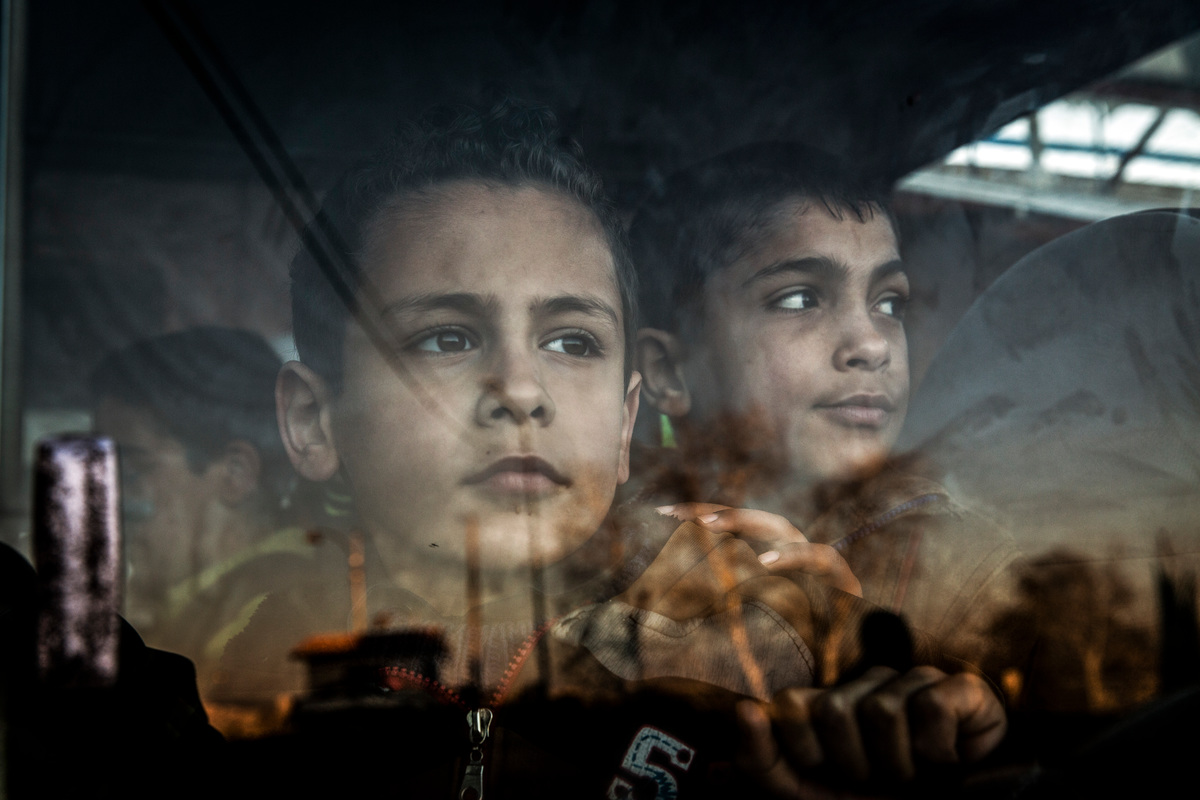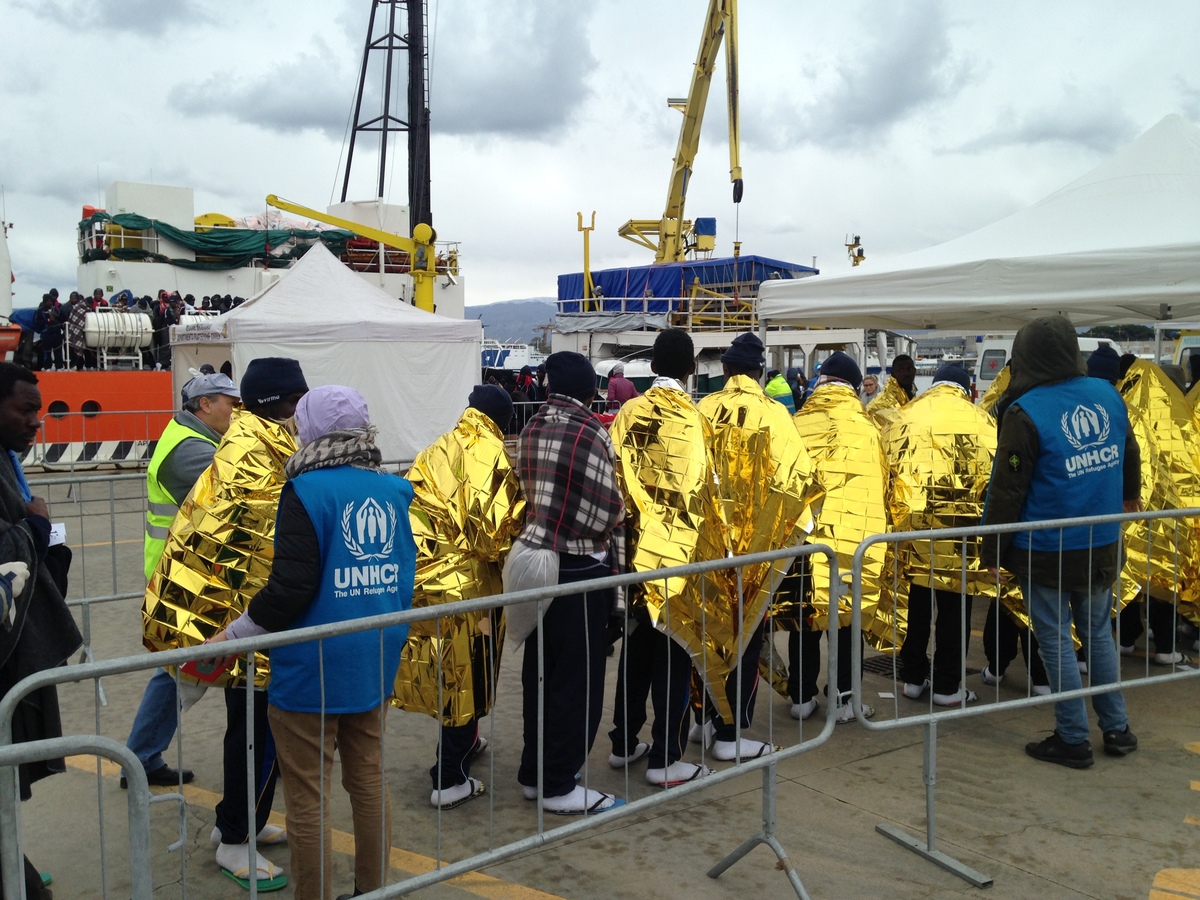Developing countries host most refugees, according to new statistical yearbook from UNHCR
Developing countries host most refugees, according to new statistical yearbook from UNHCR
8 November 2002
Developing countries produced 86 percent of the world's refugees over the past decade, but also provided asylum for seven out of ten of those fleeing, according to a new statistical yearbook released today by the UN refugee agency.
The first annual "UNHCR Statistical Yearbook" notes that while rich countries voice increasing concern over the numbers of asylum seekers arriving on their borders, it is mainly poor nations that provide asylum to the world's refugees - 72 percent over the past 10 years.
"The fact that seven out of 10 refugees are hosted by low-income countries underscores the responsibility of industrialized states to share in international refugee protection," the book states in a compilation of its main findings.
The new yearbook provides an overview of global forced displacement over the past decade, including a wealth of specific information on trends in industrialized countries and comprehensive data on refugee populations worldwide.
In a foreword to the yearbook, High Commissioner Ruud Lubbers notes that the data presented can help to highlight the impact on countries hosting refugees, which is not always readily apparent.
"I hope the Yearbook will prove to be a valuable tool for those researching the evolution of global forced displacement, the nexus between asylum and migration, and the sharing of burdens and responsibilities," High Commissioner Lubbers writes. "Above all, I hope it will provide a more solid underpinning for the current refugee and asylum debate, and that it will contribute to informed policy and decision-making."
The number of refugees has hovered around 12 million for the past five years (1997-2001) after dropping by nearly a quarter compared to the previous five-year period (1992-1996). Although the total number of refugees has remained relatively stable recently, their geographic distribution has shifted. Asia has both produced and hosted a larger share of the world's refugees since the mid-1990s, while the number of refugees both originating from and hosted by African countries has fallen.
In 2001, Afghans made up one-third of the world refugee population and were also the major nationality of origin of asylum seekers in industrialized countries. As the yearbook covers the period through 31 December 2001, the significant changes in Afghanistan in 2002 are not included in the data. (In 2002, over 1.7 million Afghan refugees have returned home and asylum applications from Afghans have dropped sharply. The large-scale returns of Afghans in 2002 have also reversed an overall declining trend in refugee repatriation, which, the yearbook notes, had fallen in recent years to reach a 10-year low in 2001.)
The number of new refugee outflows since the early 1990s has declined by 38 percent. However, the yearbook points out that "although fewer refugees are crossing international borders, the plight of internally displaced people may well have become worse." The yearbook notes that trends in internal displacement are difficult to assess due to a lack of reliable information on the phenomenon. Some sources, however, estimate that there are some 25 million conflict-induced internally displaced people worldwide.
In 2001, asylum applications in industrialized countries rose by eight percent. While the six non-European industrialized countries (Canada, United States, Australia, New Zealand, Republic of Korea, Japan) received 31 percent more applications and Central Europe recorded a 33 percent increase, the 15 European Union member countries together saw a one percent decrease in applications.
Overall, the yearbook notes, "since 1992, global refugee figures have fallen, more refugees have repatriated than were forced to leave their country and new refugee outflows have diminished." However, the yearbook goes on to stress that despite these trends, "there is no room for complacency." From the late 1990s through 2001, with refugee returns slowing down, fewer mass outflows and a stabilising refugee population, UNHCR increasingly had to manage stable or protracted situations, some of them decades old.
The 165-page yearbook was prepared by UNHCR's Population and Geographic Data Section based on statistics provided by governments and supplemented by information from UNHCR registration systems and implementing partners. It will henceforth be produced annually.









